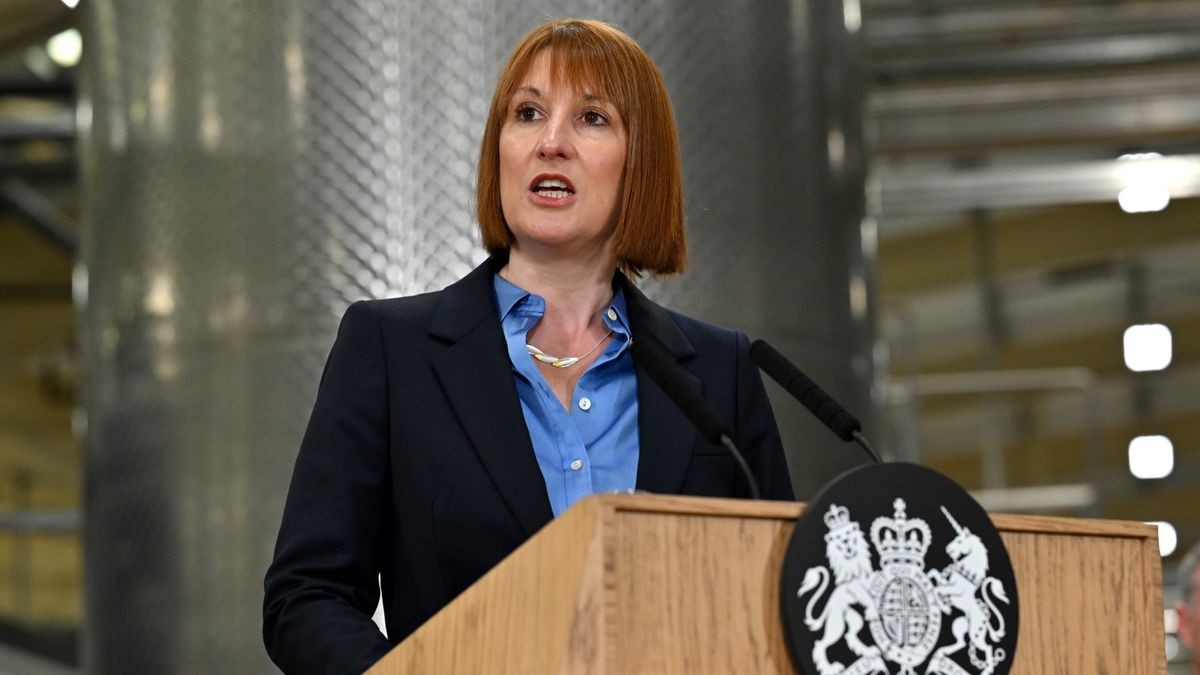Chancellor Rachel Reeves has unveiled plans to create pension megafunds to back UK assets and infrastructure.
“For too long”, said Reeves in her first Mansion House speech, pension capital has not been used to support British start-ups, scale-ups or to meet infrastructure needs.
Her “radical reforms”, wrote MoneyWeek, involve merging council pension schemes and consolidating small workplace pensions into a handful of “pension megafunds”.
Subscribe to The Week
Escape your echo chamber. Get the facts behind the news, plus analysis from multiple perspectives.
SUBSCRIBE & SAVE
Sign up for The Week’s Free Newsletters
From our morning news briefing to a weekly Good News Newsletter, get the best of The Week delivered directly to your inbox.
From our morning news briefing to a weekly Good News Newsletter, get the best of The Week delivered directly to your inbox.
This will create a system similar to Australia and Canada where pensions are pooled to make larger investments.
What is a pension megafund?
The idea, explained the i news site, lets several schemes take advantage of size to “invest in assets” that have higher growth potential.
Reeves wants to combine the 86 separate local government pension schemes (LGPS) in England and Wales into eight “megafunds” that would be worth an average of £50 billion each by 2030.
The aim, said The Guardian, is to cut costs and replicate the “pension success stories” of countries such as Australia, Canada and Norway, where public sector pension schemes combine to invest larger sums of money into a “wider range of riskier and long-term assets” such as infrastructure, start-ups and direct stakes in private businesses.
What will pension megafunds mean for savers?
Letting pension schemes merge provides “more cash for UK projects”, said the Guardian, and means savers should “benefit from any returns on investment”.
Pensions minister Emma Reynolds is not suggesting that savers put a “large chunk of their pension into these types of investments”, said FTAdviser. Instead, she told the press that pension megafunds would “help savers invest in a wider range of assets and therefore make a better return”.
Boosting pension pots as well as the economy, added MoneyWeek, seems like a “win-win”, and the idea of letting pension schemes benefit from economies of scale and high-yield investments has been “broadly welcomed”. But it has drawn some criticism for putting “savers’ money at risk”.
Increasing investment in infrastructure projects, said the i news site “may not necessarily be in the best interests of retirement savers themselves”.
There is a danger that “the risks are all taken with members’ money”, said Tom Selby, director of public policy at the investment platform AJ Bell. “If it goes well, everyone can celebrate. But it’s clearly possible that it will go the other way, so there needs to be some caution in this push to use other people’s money to drive economic growth.”
The success will also depend on there being a “sufficient pipeline of high-quality projects to invest in”, wrote Helen Morrissey, Hargreaves Lansdown’s head of retirement policy, in Yahoo Finance. Schemes may instead be forced to take more risk, “which could impact returns”.

